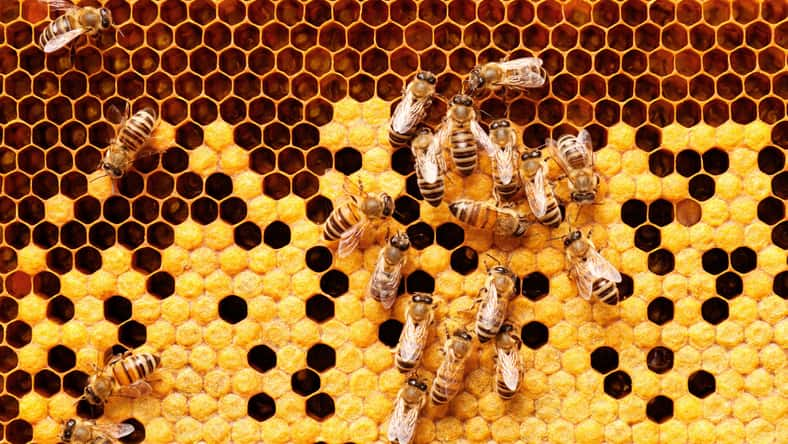This Wild Bird Helps People Locate And Harvest Honey From Bee Colonies

Sometimes, humans and wild animals work together for mutually beneficial purposes. For example, people in parts of Africa communicate with a wild bird called the greater honeyguide to locate bee colonies and harvest honey.
Researchers recently conducted a study that demonstrates how the partnership varies and is maintained across cultures. It also showcases the bird’s ability to learn vocal signals used by different local communities.
The honeyguides benefit from locating the bee colonies because they get to eat the leftover honeycomb after humans are done harvesting the honey and beeswax.
Greater honeyguides live in the wooded savannas of southern Africa. They have pink beaks and dull-colored plumage. They are one of the few birds that can eat and digest wax. Aside from honeycomb, their diet consists of fruits, spiders, flying insects, and all types of larvae.
The recent study’s findings add to research from 2014 that illustrated how a relationship with honeyguides benefited the Hadza people. The Hadza are some of the only hunter-gatherers left on the planet.
They live in Hadzaland, which stretches across the savanna of northern Tanzania around the salty shores of Lake Eyasi.
It is unclear how long they have existed, but the arrangement between these people and the birds has been recorded in Africa as early as the 1500s. Today, Hadza territory and hunting grounds are shrinking due to the development of maize farms, herding grounds, and private game reserves.
There are 1,300 Hadza people left, and some of them work jobs and buy food from their neighbors. But between 200 and 300 still live off almost all wild foods, such as meat, tubers, fruit, and honey.
The Hadza’s favorite food staple is honey, but the beehives are located high up in thick-trunked baobabs, making them hard to find. So, that’s where the honeyguides come in.

BigBlueStudio – stock.adobe.com – illustrative purposes only
Honeyguides have increased the Hadza’s success rate of finding beehives by 560 percent. They were led to nests with significantly higher yields than they could find without honeyguides. Previous research also showed that honeyguides helped contribute to eight to 10 percent of the Hadza’s yearly diet.
An anthropologist from UCLA named Brian Wood and ornithologist Claire Spottiswoode from the University of Cape Town led the new study.
They collaborated with the Hadza in Tanzania and the Yao community of northern Mozambique. Their research documented the differences between how each culture attracts the honeyguides.
The Hadza communicates with the birds by whistling when they want to find honey. In Mozambique, the Yao people give off a trilled “Brrr!” followed by a guttural “hmmm!” If a honeyguide is around, it will fly into their camp and chatter back to them.
Then, they track the bird until it lands in the correct tree. Afterward, they smoke out the bees, hack open the hive, and retrieve the sweet combs. The honeyguide sticks around so it can gobble up the leftovers.
The research team studied the vocal signals of the two communities using mathematical models and audio playback experiments.
They found that the honeyguides in Tanzania were three times more likely to cooperate when they heard the calls of the local Hadza people than the calls of the Yao.
Similarly, the honeyguides in Mozambique were nearly twice as likely to cooperate when they heard the Yao call compared to the Hadza call.
The findings reveal that birds are capable of learning new signals, but their communication remains mostly stable over time.
Sign up for Chip Chick’s newsletter and get stories like this delivered to your inbox.
More About:Animals





